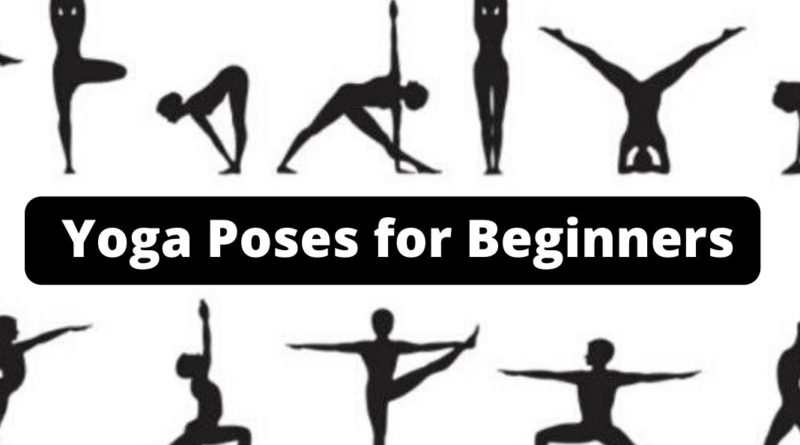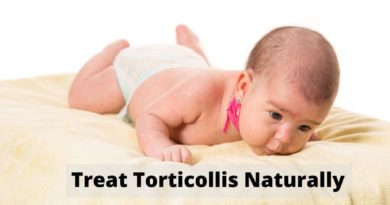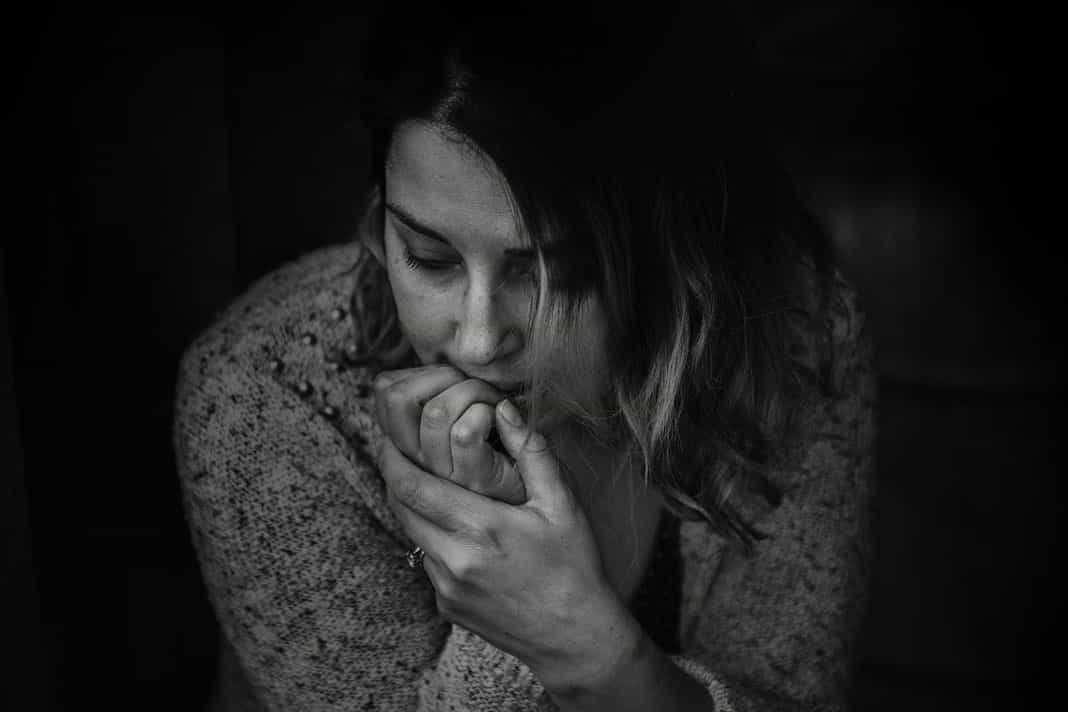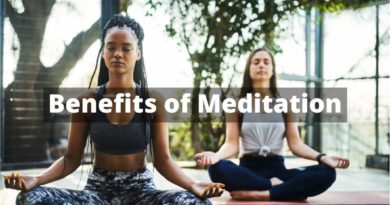Yoga Poses for Beginners
With this post, we try to explain the main yoga postures or at least the most common to all types of yoga. The intention is that it serves as a “base” for the rest of the articles in this section so that we have a reference guide when we are assailed by a question about how to perform a posture or its benefits and contraindications.
The yoga posture (asana) is not an end in itself, but a means to achieve, through concentration, both physical and mental well-being. Each posture we perform should be a reason to pay attention to our body, to know how the mind and body react and evolve as we execute the posture.
Along with the photograph of each posture or asana, we detail some considerations to take into account for its correct execution, the benefits that we can obtain from it, which muscle groups are affected and if there is any contraindication to perform it. Likewise, we will try to include the counter-posture (s), understanding by counter-posture that posture in which the muscle groups that we have contracted relax or stretch in the initial posture. It is important to remember that postures should be performed without straining, going step by step and never through the pain.
Table of Contents
Basic Yoga Poses: Description, Benefits, Contraindications, and Muscles involved.
- Sukhasana (Easy Pose)
- Tadasana (Mountain Pose)
- Balasana (Child’s pose)
- Dwi Pada Pitham (The two-legged table)
- Bidalasana (Cat pose)
- Marjaryasana (Cow pose)
- Adho Mukha Svanasana (Downward Facing Dog Pose)
- Bhujangasana (Cobra Pose)
- Utkatasana (chair)
- Uttanasana (Foot trunk flexion)
- Vrikshasana (Tree)
- Utthita Trikonasana (Extended Triangle)
- Phalakasana (table or plank)
- Chaturanga Dandasana
Sukhasana (Easy Pose):
- Description: Posture with which we can begin the practice of yoga. The spine is lengthened while the shoulders relax and the chin is parallel to the ground. We should try to sit on the hamstrings and cross our legs without the discomfort of the posture preventing you from concentrating on your breath and your body.
- Benefits: Relaxation, back strengthening, and flexibility in knees and ankles.
- Contraindications: People with knee problems.
- Muscle groups involved: the pelvis and supporting muscles of the spine.
- Counter-pose: Balasana (Child’s pose)
Tadasana (Mountain Pose):
- Description: A posture that requires us to investigate our body becoming aware of everything. The posture that is usually the beginning of other standing asanas. The posture must be done standing, with the feet together, the width of our hips apart, arms stretched, hip raised, buttocks relaxed, lowering the sacrum and chest slightly elevated. The head facing forward so that the crown helps to verticalize the body. The shoulders should be relaxed and the feet should be fully rooted (toes, sole, and heel) trying to maintain the natural arch of our foot, without unloading all the weight on the heels trying to distribute the weight equally forming a triangle (heel and ends distal 1st and 5th metatarsal).
- Benefits: Awareness of the supports of our foot and the imbalances of our back and hips.
- Contraindications: People with low blood pressure or headaches.
- Muscle groups involved: The spine and arms are in extension but without contracting the shoulders. The plantar arch must be activated.
- Counterpart: –
Balasana (Child’s pose):
- Description: posture in which we seek to regain calm and feel the breath, opening and lengthening the back. To perform this pose we will fold sitting on the heels and the ribs should be on the thighs. leaving the arms relaxed next to the body. The head can be with the forehead on the floor or on the hands. In this posture, we must observe how breathing affects our abdominal area.
- Benefits: Relaxes the back muscles and releases pressure on the sciatic nerve.
- Contraindications: If we have hypertension, the head will rise and the chin will be on the hands. In case of pregnancy, separate the knees to make sure not to press on the abdomen.
- Muscle groups involved: Extension of the muscles of the spine by flexion of the back, of the tibiae and extensors of the fingers by bending the knees and of the hamstrings and glutes by rotation of the hip.
- Contraposition: Bhujangasana (Cobra Pose).
Dwi Pada Pitham (The two-legged table) or a variant of Setu Bandhasana (Half-Bridge Pose):
- Description: A posture that begins by lying on your back in which we collect the legs and bring the feet closer to the buttocks, to then lift the hip vertebra by vertebrae with the strength of our legs. In this posture, our cervicals must be stretched and avoid making an undue effort with the neck. Returning to the lying position should be carried out slowly in reverse order to that which we have followed to achieve this asana.
- Benefits: Stretches the spine and widens the chest. Strengthens legs and glutes
- Contraindications: In neck injuries or cervical problems
- Muscle groups involved: Quadriceps, rectus abdominis, and hamstring and gluteus maximus contraction.
- Contraposure: Balasana (Child’s pose) or Padahastasana (Standing trunk flexion)
Bidalasana (Cat Pose) and Marjaryasana (Cow Pose):
- Description: Both postures start from the “on all fours” position, with the legs open the width of the hips and the knees aligned with it. We place the shoulders, elbows, and wrists forming a line perpendicular to the ground. When we inhale our back, it curves towards the ground (Marjaryasana) and when we exhale, we arch our back, directing it towards the ceiling (Bidalasana)
- Benefits: Relaxes and strengthens the muscles of the back and pelvic area. They mobilize the entire spine.
- Contraindications: with neck injuries keep the neck in line with the ground.
- Muscle groups involved: Abdominals and spinal muscles.
- Contraposure: one of the other.
Adho Mukha Svanasana (Downward Facing Dog Pose):
- Description: Asana key in our yoga practices and that over time we will learn to enjoy and use it as a transition to others and even as a posture to find the necessary calm. From the “on all fours” posture, we raise the hip, bringing it up and back as much as we can. The posture can be understood as an inverted “V”. The neck should be relaxed and the shoulders should be away from the ears. In this position, we must seek comfort within the difficulty that may arise. When starting to practice this asana, the important thing is that our back is lengthened although at first we cannot stretch our legs or reach with our heels to touch the ground.
- Benefits: One of the postures that benefit the most after a long career. Strengthens the back.
- Contraindications: –
- Muscle groups involved: The spine must be neutral, the twins, hamstrings, and glutes are in extension while the dorsal, deltoid and hand and wrist muscles are in concentric contraction.
- Contraposition: Bhujangasana (Cobra Pose).
Bhujangasana (Cobra Pose):
- Description: From the ground, we will place the hands at chest level, with the active hands and the help of the arms, we will raise the head and the heart when inhaling, pulling the shoulders back, opening the chest and pushing the pelvis down. In this “asana” we will keep the legs and glutes active to help the legs stay in line but avoiding the contraction of the glutes
- Benefits: Flexibility of the spine
- Contraindications: Hernias or lordosis.
- Muscle groups involved: Psoas major and Iliac, inquisitorial, triceps. The elevation will be carried out by means of the triceps and the concentric contraction of extensors of the thoracic spine and eccentric of the cervical and lumbar flexors.
- Contraposition: Adho Mukha Svanasana (Downward Facing Dog Pose) and Balasana (Child Pose).
Utkatasana (chair):
- Description: A posture that we will usually get from the downward-facing dog pose (Adho Mukha Svanasan) by bringing the feet closer to the hands or from the standing posture simply by flexing the knees. To correctly perform this pose, the feet must be together and parallel, keeping the weight distributed at the base, the knees flexing, raising the chest and arms trying to maintain the natural curvature of your back. The arms will remain stretched and parallel. The posture must be comfortable within the tension that our legs will support, maintaining it for three breaths.
- Benefits: Strengthens both lower limbs and arms and shoulders.
- Contraindications: Tension problems or lumbar problems.
- Muscle groups involved: In this posture, numerous muscle groups intervene, the most required being: quadriceps, abductor, hamstrings, and glutes
- Contraposure: Uttanasana (Standing flexion)
Uttanasana (Foot trunk flexion):
- Description: Posture that should serve as a counter-posture to others in which our legs suffer greater effort. Our arms should be relaxed just like our neck and shoulders. Gravity itself must do the work to flex our spine.
- Benefits: Posture to stretch hamstrings and relax your back
- Contraindications: If you notice the excess effort, bend your knees.
- Muscle groups involved: twins, hamstrings, and spinal muscles.
- Contraposure: Utkatasana (chair)
Vrikshasana (Tree):
- Description: A posture with which we will improve our awareness of balance and that both in its construction and in undoing it we should not lose concentration. To get to it we will start from the Tadasana posture (Mountain pose), we leave the weight on one of the soles of our foot and slightly lift the other. Opening the pelvis, we will place the foot in the air on the inside of the other leg at the abductor level. Once we are stable in this intermediate position, we raise our arms and join our palms keeping our shoulders relaxed. To undo the posture we will follow the reverse order trying not to lose balance while we do it.
- Benefits: Improves balance and stability. Strengthens the muscles of the foot and ankle.
- Contraindications: If we cannot keep the foot propped up so high, we can lower it but never rest it on the knee joint.
- Muscle groups involved: Tibialis anterior, calves and soleus and foot muscles bear the greatest load and the gluteus medius and minor, tensor fascia lata and abductor are most responsible for maintaining our balance.
- Counter pose: Adho Mukha Svanasana (Downward Facing Dog Pose) will help us stretch twin and sole after this pose.
Utthita Trikonasana (Extended Triangle):
- Description: From the standing or tadasana position we bring the left foot back supporting the heel, then turning the body towards the long side of the mat. We place the arms in a cross, keeping the legs straight and without modifying the posture of the arms, in an exhalation, we will lower our body to the right side. In the posture we must keep the back straight, the chest open and the hip aligned. The upper arm should serve to pull and hold our body, preventing us from leaving the weight on the lower hand. One way to get out of this posture can be done by lowering the arm and placing one hand on each side of the right foot at the same time that we flex the leg so that the palms rest completely on the ground and thus be able to bring the right foot towards the back and reach the posture of Adho Mukha Svanasan. This posture will be repeated with the other leg to achieve a correct balance in our body.
- Benefits: Stretch and strengthen various muscle groups, both the lower extremities and the trunk.
- Contraindications: If there are cervical or neck problems, the head should not be turned towards the ceiling.
- Muscle groups involved: gluteus, tensor fascia lata and internal oblique on the side and hamstrings on both legs.
Contraposure: the same posture with the leg changed…
Phalakasana (table or plank):
- Description: A posture that starts from the strength of our abdomen. Which we can reach from Adho Mukha Svanasana (Downward Facing Dog Pose) by lowering the hip. We activate the abdomen and keep the back straight and the arms stretched. The wrists should be below the shoulders and the whole body should be firm. It is important to avoid flexing the hip since we will contract the lower back, to avoid it our abdomen must be firm and up. We can stay in the pose for a full breath and increase the breaths in this pose as we gain strength.
- Benefits: Strengthens the abdominal muscles and arms, wrists and shoulders. Stretch and strengthen the back.
- Contraindications: If we have carpal tunnel syndrome, this posture is contraindicated, we can do it by resting our forearms on the ground.
- Muscle groups involved: abdominal muscles (rectum and obliques), triceps, biceps, pecs, quads, and hamstrings.
- Contraposition: Bhujangasana (Cobra Pose)
Chaturanga Dandasana:
- Description: Posture that we can reach from the Phalakasana posture (table or plank) or directly from the Adho Mukha Svanasana posture. The legs should be active, the heels stretching back and the elbows close to the ribs. The neck must remain in line with the spine. The lack of strength in the arms can cause our hips to flex, so we must counteract it with greater action on the hamstrings and concentration on the abdominal part. From this pose, we can go directly to the ground or to Bhujangasana (Cobra pose)
- Benefits: Strengthens the abdominal muscles, arms, and wrists.
- Contraindications: This posture is contraindicated if we have carpal tunnel syndrome or in case of pregnancy.
- Muscle groups involved: abdominal muscles (rectum and obliques), serratus anterior. triceps, biceps, pecs, quads, and hamstrings.
- Contraposition: Bhujangasana (Cobra Pose)




